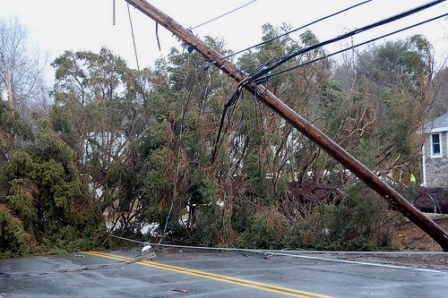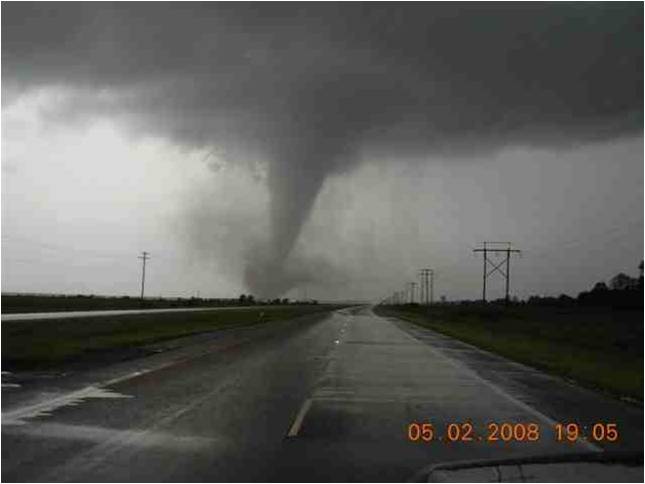
What is a severe thunderstorm?
A severe thunderstorm is any storm that contains one or more of the following:
|
Hail of 1"(quarter size) or larger |
Winds of 58 mph (50 kts) or greater |
Tornadoes |
  |
  |
  |
What is the difference between a WATCH and a WARNING?
|
WATCH - Conditions are favorable, severe weather is possible during the watch time. |
WARNING - Severe weather is occurring or about ready to occur. |
| Two main kinds: Tornado and Severe Thunderstorm | Two main kinds: Tornado and Severe Thunderstorm, can also have Flash Flood. |
| Can be issued for a long period of time (6 hours or longer) | Usually issued for an hour or less. There can be numerous warnings issued for a specific location over the course of a severe weather event. |
| Covers many counties | Issued for a smaller area than a watch. Usually a county, portion of a county, multiple counties. Issued based on specific storm threat. |
| Usually is issued before severe weather occurs. | Issued when severe weather is ongoing or imminent. |
| Issued to give you a heads up that there may be some rapidly changing conditions. | If a warning is issued for your location, take cover. Activate your severe weather plan! |
|
Severe Weather Safety Tips
Tornado Safety
Flooding Safety
|